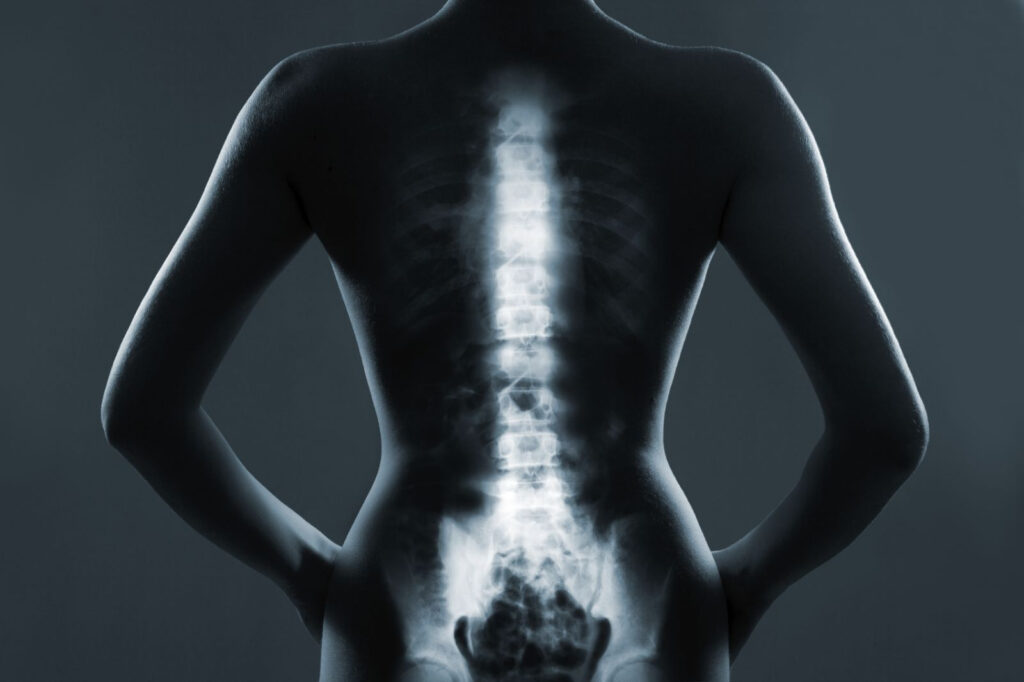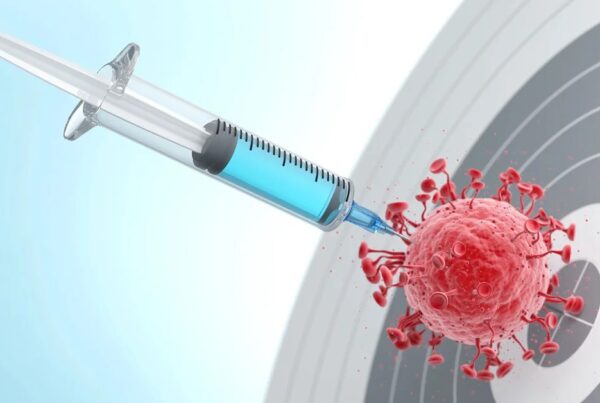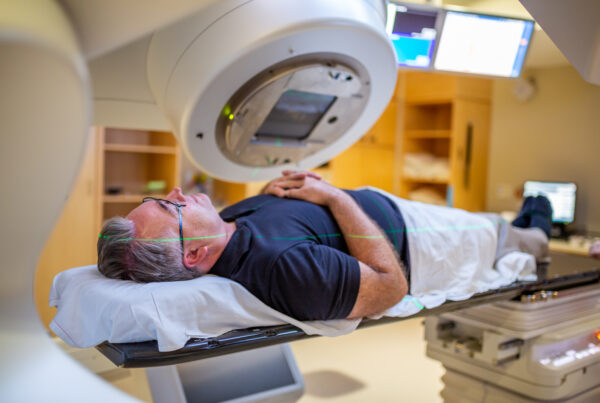When a bone tumor around a joint is diagnosed, the surgeon may be forced to remove part of the bone, including the joint itself.
This is a crucial procedure to ensure complete tumor removal. But what happens after that?
Here, custom tumor prostheses (tumor endoprostheses) play a vital role in limb reconstruction and restoration of function.
Diagnosing bone and joint tumors is a significant medical challenge.
While tumor removal is the top priority to save the patient’s life, preserving the affected limb’s function and restoring the patient’s quality of life are equally important.
In the past, treatment options for these tumors were limited and often led to amputation or permanent loss of function.
However, thanks to tremendous advancements in orthopedic oncology and medical technology, it is now possible to resect large portions of the bone and joint affected by the tumor, then reconstruct the area using custom-designed prostheses and artificial limbs.
These custom tumor prostheses, also known as mega-prostheses, represent a revolution in limb salvage surgery.
Leading hospitals like Liva Hospital in Turkey possess global expertise and advanced techniques for implanting these prostheses for patients who need them.

Indications for Using Custom Tumor Prostheses
Before delving deeper into understanding this technique, it’s beneficial to first grasp the medical motivations behind resorting to this type of treatment:
- Complete Removal of the Tumor Mass: When a tumor destroys joint bone, such as an osteosarcoma, implantation becomes a necessity after extensive resection of part of the femur or shoulder.
- Preference Over Amputation: This technique allows for limb preservation and restoration of movement, instead of resorting to total or partial amputation.
- Improved Quality of Life: Study results, such as those in BMC, indicated that patients regained walking ability within a few months after implantation, with functional evaluations (MSTS or Harris) reaching high rates.
Types of Implants and Their Design
Before discussing the technique, the reader needs to understand the available options:
- Modular Megaprostheses: Standardized metal components are assembled to fit various lengths after surgical resection.
- Custom-Made Implants (Patient-Specific): Based on 3D imaging (CT/MRI), these implants are manufactured to perfectly match the specific bone structure involved.
- Joint-Sparing Endoprostheses: Implanted after removing a portion of the bone while preserving the healthy part of the joint, maintaining natural movement.
- Expandable Prostheses: Suitable for children, these allow for lengthening as the bone grows.
Steps of Joint Implantation
Before detailing the surgery, the reader should understand the procedure’s course:
- 3D Planning and Imaging: CT/MRI imaging is used to measure the size of the bone to be resected and prepare a detailed implant.
- Neoadjuvant Therapy (Pre-Surgery): The patient typically receives chemotherapy to reduce tumor size, facilitating implantation after complete resection.
- Surgical Resection: The tumor and affected bones are removed with safe margins to prevent tumor recurrence.
- Implant Modification and Implantation: The implant is fixed to the remaining bone using one of two methods (intramedullary nail or cement) and reconnected with soft tissues.
- Wound Closure and Post-Operative Monitoring: This includes using antibiotics to prevent implant infection, followed by gradual mobilization and rehabilitation.
Expected Outcomes and Functional Restoration
For the reader’s reassurance, it’s important to present the effectiveness of the technique:
- Limb Salvage Rates: Approximately 98% after 5 years, according to a review of 2081 patients with femoral tumors.
- Restoration of Movement and Function: Average MSTS scores ranging from 70–84% after knee or elbow joint implantation.
- Improved Pain and Quality of Life: Results for artificial hip syndrome showed a significant decrease in VAS scores and an improvement in Harris hip scores.
Potential Complications and Prevention Methods
Before implantation, it’s crucial to understand both the benefits and risks:
- Infection: At a higher rate than regular implants (10–34%) due to prolonged exposure and immunocompromise in patients.
- Aseptic Loosening or Implant Failure: Rates reach up to 30%, especially in the knee after 10 years.
- Implant Fracture or Mechanical Problems: Such as yield mechanism or joint bearing damage.
- Peripheral Nerve Injuries: Especially with long surgical exposures, usually managed with physical therapy and early monitoring.
- Prevention Strategies: Include using tissue grafts to envelop the implant, improving nutrition and blood sugar control, reducing operation time, and following anti-infection protocols.
Advantages of Advanced Hospitals Like Liva Hospital
Before making a decision, the reader needs to see what distinguishes these medical centers:
- High Expertise with a Multidisciplinary Team: (Oncology, radiology, orthopedic surgery, rehabilitation).
- Modern Technologies: Such as modular and patient-specific custom implants, with support for expandable implants for children.
- 3D Digital Planning: Contributes to accurate results and reduces complications.
- Advanced Post-Surgical Care: Including immediate physical therapy, antibiotics, and monitoring of growth in children.
Future Developments in Implant Technology
Before concluding the article, let’s look at the promising future:
- New Infection-Resistant Materials: Such as titanium coated with hydroxyapatite or silver, or antibacterial coatings.
- 3D Printing for Patient-Specific Customization: For precise implant shaping, even for microscopic pores.
- Modular Designs: To facilitate re-operation or modification in case of insufficient performance or growth in children.
- New Bio-scaffolds (e.g., stem cells/BMP): To stimulate bone regeneration and enhance surrounding tissue healing.

Conclusion
Custom tumor prostheses represent a qualitative leap in the treatment of bone and joint tumors, shifting treatment options from amputation in many cases to limb preservation and function restoration.
This innovative technique, combining the precision of 3D imaging, engineering prowess, and surgical skill, offers individualized solutions that fit each patient’s unique anatomy and the challenges posed by the tumor.
By precisely resecting the tumor and reconstructing the area with custom-designed prostheses, patients can regain mobility and reduce pain, which positively impacts their overall quality of life.
With their presence in centers like Liva Hospital in Turkey, this technique provides strong results supported by expertise and modern equipment.
And with current advancements in bio-manufacturing, new materials, and smart designs, the future looks promising for improving safety and recovery times.
Frequently Asked Questions
Can these prostheses be implanted in children?
Yes, expandable implants designed for children are used, along with special techniques for joint-sparing prostheses that preserve growth.
What is the duration of the operation and recovery?
The surgery typically lasts between 3-5 hours, and initial recovery ranges from 6 to 12 weeks for improved movement, while full recovery may extend for several months.
What is the expected lifespan of the implant?
With initial success rates exceeding 70% after 10 years in hip joints, although there is a possibility of needing adjustment over time.
How is infection around the implant resisted?
Through pre- and post-surgical anti-infection protocols, good tissue coverage, reduced surgical stay, and pre-surgical patient screening to ensure balanced parameters.
Are there alternatives to using implants?
Yes, alternatives include autografts or allografts, or Rotationplasty, but each has specific limitations related to function or patient suitability.
When should revision surgery be considered?
In cases of chronic infection, implant loosening, or mechanical fracture, a partial or complete replacement is preferred depending on the condition.



